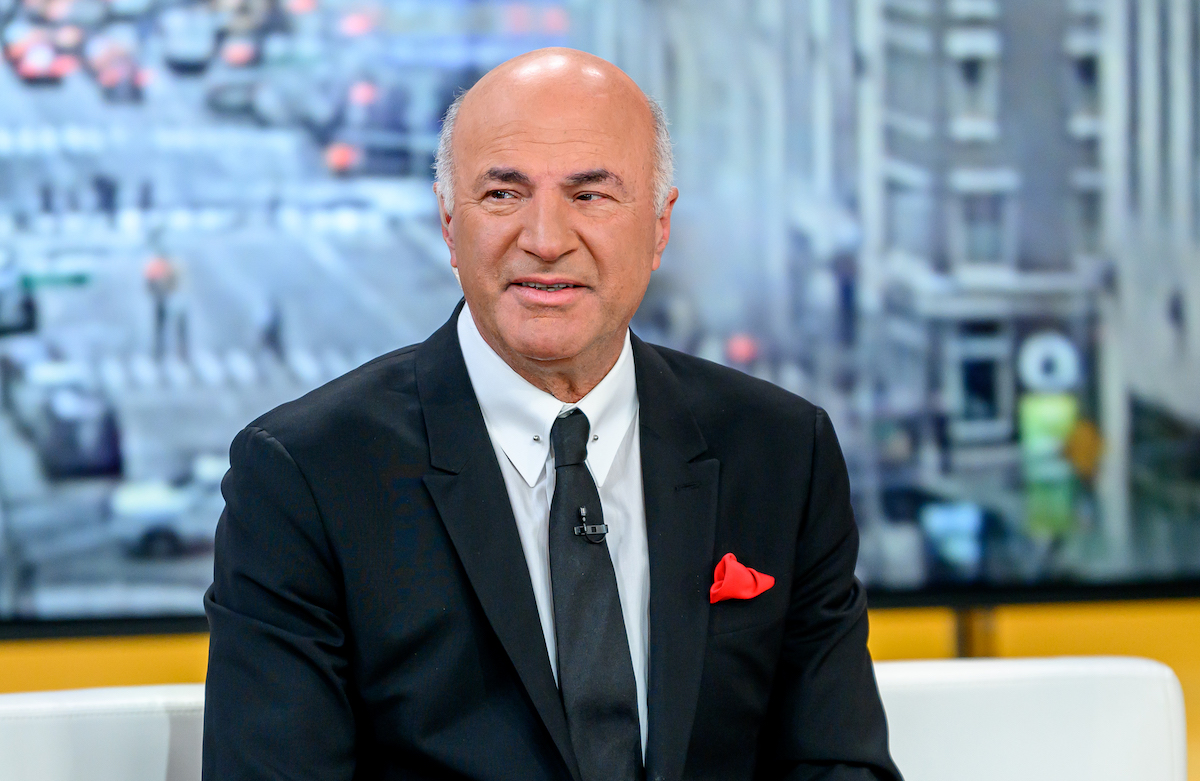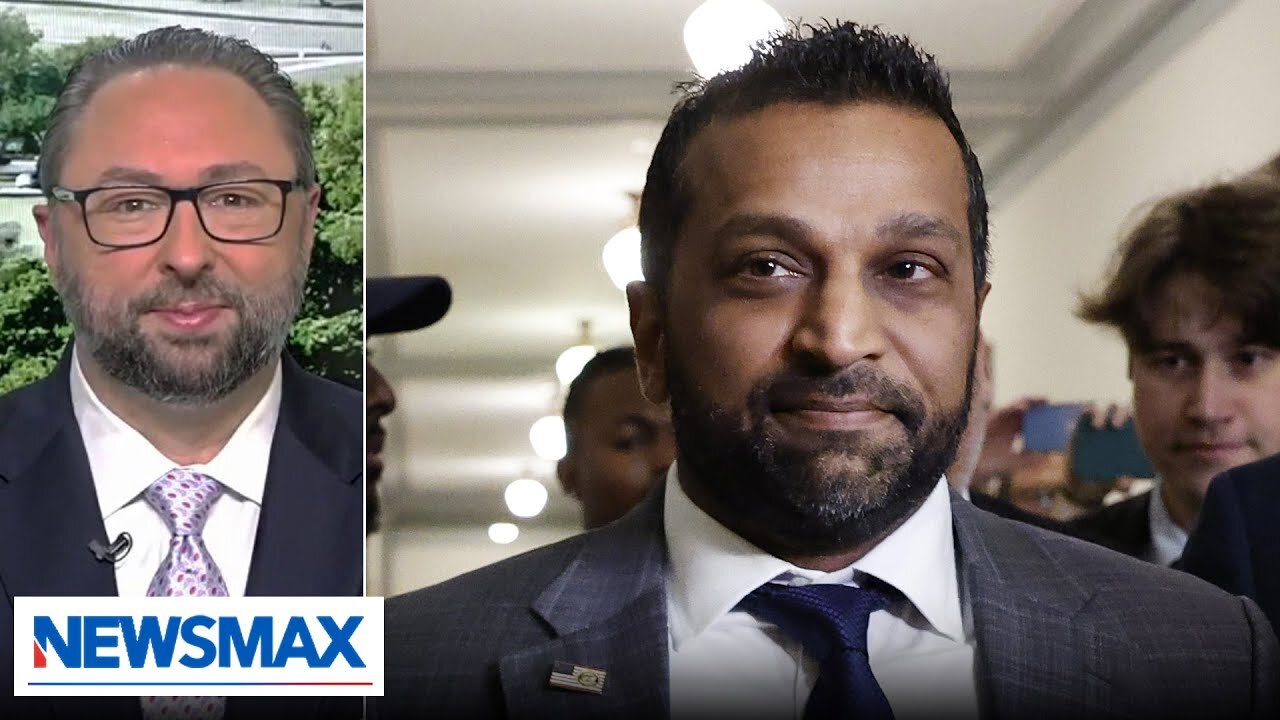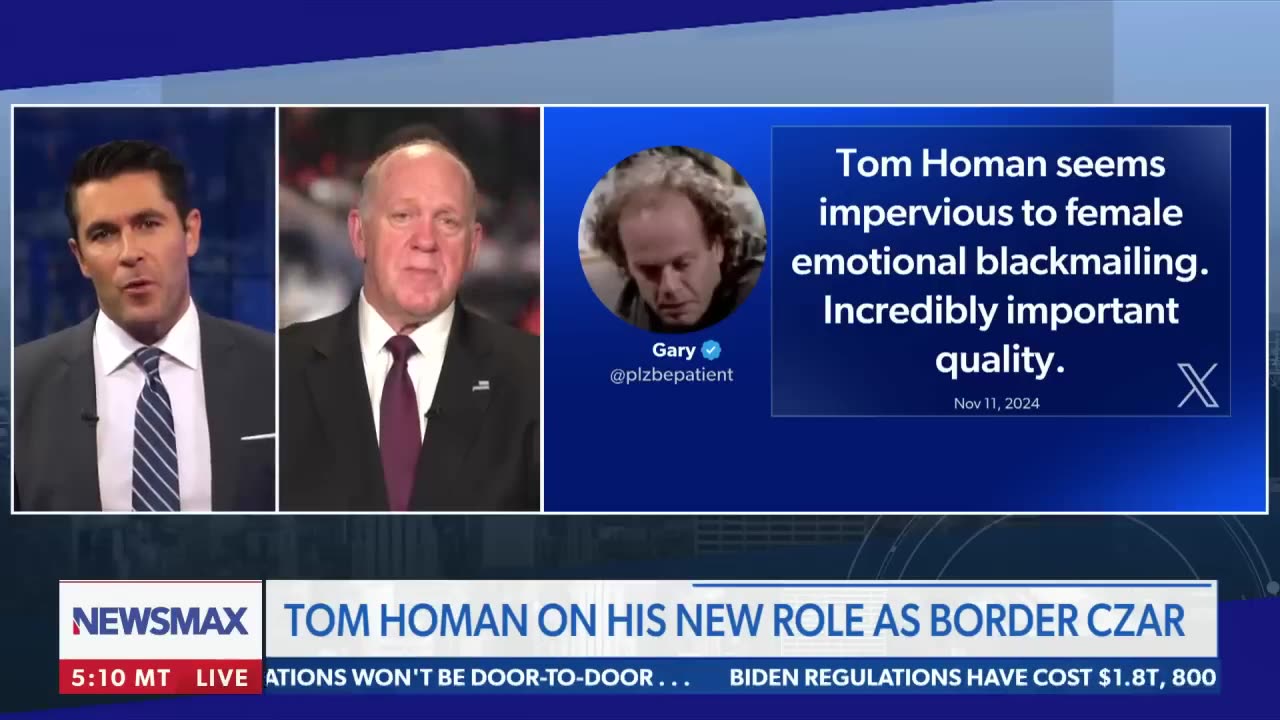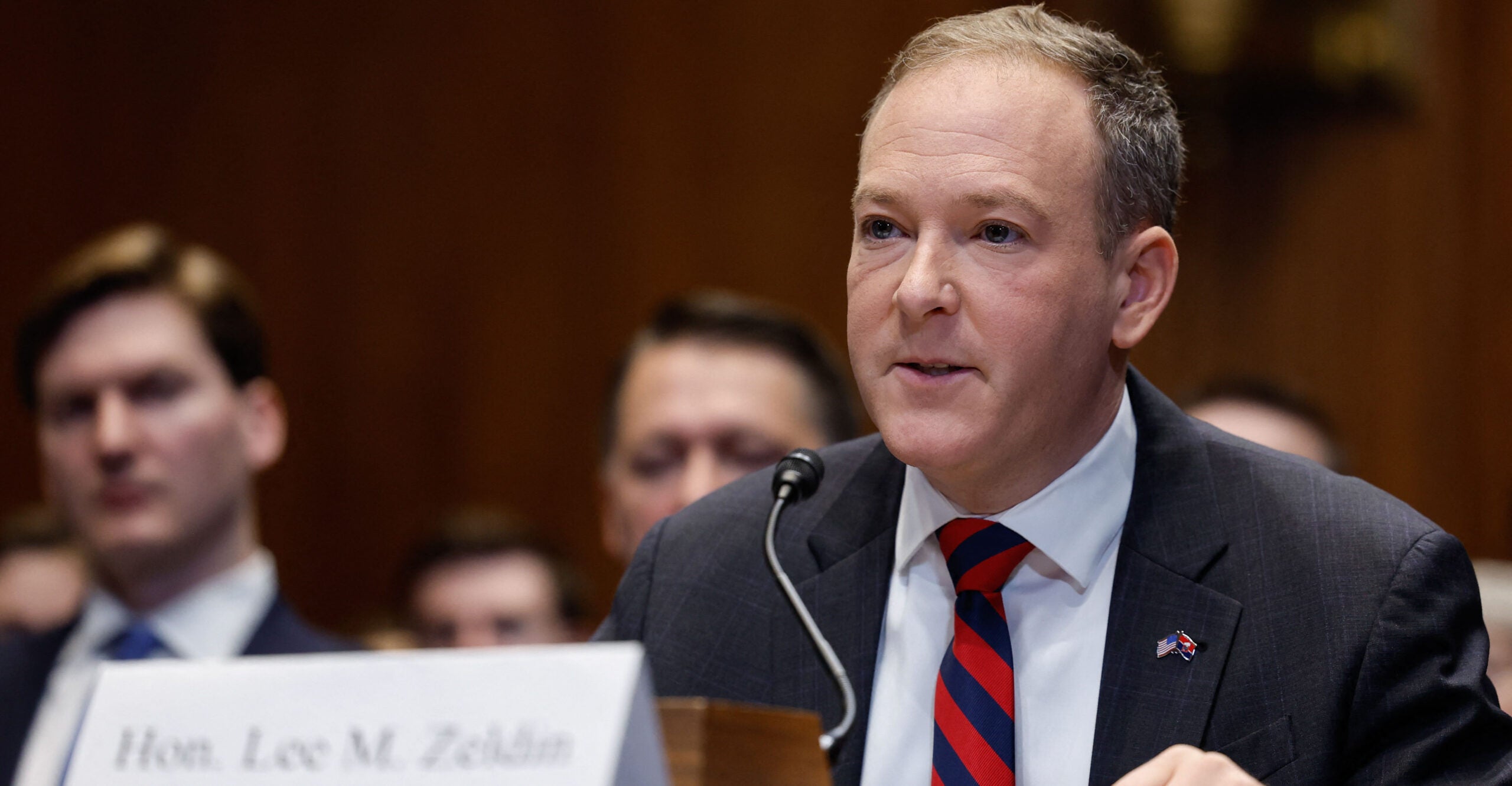Spectrum-sharing and the military
'It is in the national interest for the U.S. to both improve economic growth and healthy mobile and fixed networks are part of that'



An important trend in U.S. spectrum management is the deepening collaboration between the Department of Defense (DoD) and other stakeholders in enabling shared access to wireless frequencies. Rather than outright transfer of federal spectrum to private-sector users, the future is likely to build on the model of the Citizens Broadband Radio Service (CBRS), applying ever-more sophisticated sharing techniques to give optimal outcomes for both national security and commercial or societal interests.
The military controls large amounts of radio spectrum, using it for a diverse and growing set of applications. Realtime communications are central to terrestrial, airborne, naval and space forces. Multiple sensing functions – notably radar, but also signals intelligence and monitoring – are also used extensively in connection with domestic security. As recently as July, military radar systems detected Russian and Chinese violation of U.S. airspace which necessitated the scrambling of U.S. fighter jets.
In the past, rapid demand growth has fueled the continued transfer of spectrum from state to private users, but now everyone wants more spectrum. National cellular operators (also called carriers) point to 5G and future 6G demand. Wi-Fi advocates focus on enterprise and in-home consumer needs for access to broadband and cloud services. Satellite users point to rapid growth of both supply and demand for space-based communications, sensing and new LEO (Low Earth Orbit) constellations.
This means that more spectrum sharing is inevitable for all these parties. There simply is not enough “prime” spectrum for all demands to be met with exclusive licenses. Fortunately, the development and successful deployment of spectrum sharing technology means that we are no longer limited to the “one size fits all” approach of high-powered exclusive spectrum policy.
The first military sharing success: CBRS
The CBRS band’s three tier approach for the 3.55-3.7GHz frequency range is, so far, the most advanced and direct example of dynamic spectrum sharing between military, commercial and other user groups.
It is also a very good example of the iterative approach to spectrum sharing, with communications service providers (CSPs), enterprise users, the Pentagon and other stakeholders collaborating effectively to assess obstacles and look for ways to mitigate challenges. In recent months, the original technical rules have been adjusted or relaxed, with CBRS 2.0 allowing wider and easier access to the band.
Assessing the claims of the mobile industry
Unsurprisingly, the traditional mobile industry is unhappy about proposals for sharing models in the lower-3GHz. Bodies such as CTIA and various advocacy groups have looked for ways to persuade policymakers to push for outright clearing and release of military bands for subsequent auctions and high-power exclusive licenses. However, the military has repeatedly stated that clearing the band is simply not a viable option, as it would be cost prohibitive and jeopardize national security systems.
Handwaving comments about autonomous cars, artificial intelligence, metaverse and other buzzwords are a poor rationale for the military relinquishing spectrum assets at scale. None of these need 5G, let alone extra nationwide outdoor spectrum, especially as mobile traffic growth is slowing. Moreover, the deployment of 5G by commercial operators in the U.S. has been less than comprehensive to date, suggesting that these operators have not even maximized their use of 5G spectrum they already hold.
All major operators – wireline and wireless – also make extensive use of Wi-Fi, for instance for indoor connections with fixed broadband or fixed wireless access (FWA). Wi-Fi networks carry the vast majority of smartphone traffic, with some observers calculating that over 85% of mobile device traffic is carried over unlicensed spectrum.
While license terms need to be certain enough to justify investments and manage risk, use of unlicensed spectrum and CBRS is a sign that operators can work with military sharing, even if that is not obvious from their opening negotiating position. The future spectrum world will revolve around sharing and coexistence – not just the exclusive high powered spectrum models of the past.
Conclusion
Ultimately, it is in the national interest for the U.S. to both improve economic growth – and healthy mobile and fixed networks are part of that – but also maintain and strengthen defensive capabilities and national security.
There are also other interested user groups for spectrum sharing with the military, beyond cellular carriers and other service providers. For example, utilities require more wireless connectivity for distributed energy resource management (e.g. control and switching for solar, wind and battery facilities). It is wrong to categorize the debate just as Military vs Mobile – there are multi-stakeholder arguments for sharing spectrum too.
Looking to the future of 5G and 6G, flexible access to military spectrum is a central domain for success – and the U.S. (and its NATO partners) should be looking for the win-win of both maintaining defensive access and continuing to build experience and scale in DSS engineering and operation.
Dean Bubley (@disruptivedean) is the Founder of Disruptive Analysis. He is one of the leading analysts covering 5G, 6G, Wi-Fi, telco business models & regulation, and the emergence of technologies such as quantum networking and AI.
SUPPORT TRUTHFUL JOURNALISM. MAKE A DONATION TO THE NONPROFIT WND NEWS CENTER. THANK YOU!
What's Your Reaction?

































































































